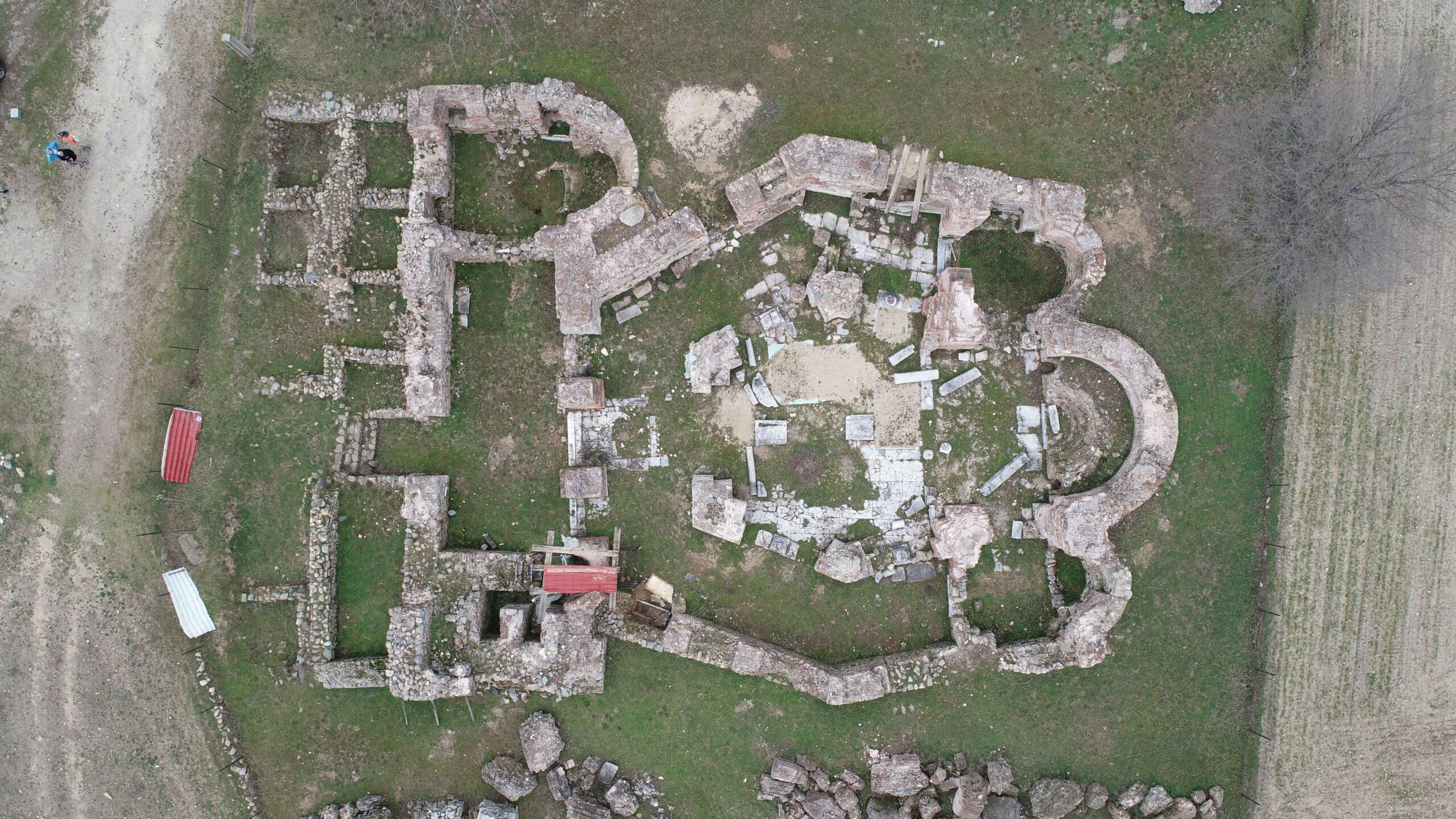
Projects amounting to 11.600.000 euros includes the programme of the Ministry of Culture and Development
for the Cultural Routes in Northern Greece, funded by the Recovery Fund
11,600,000 euros are being allocated to projects funded by the Ministry of Culture and Sports for the Cultural Routes programme, specifically for Northern Greece, which have been included in the Recovery and Resilience Fund. These are the Cultural Routes “On the Steps of Apostle Pavlos” and “Cultural Egnatia Odos“.
As the Minister of Culture and Sports Lina Mendoni said, “The strengthening of cultural tourism through the Cultural Routes programme in Northern Greece is included in the Government’s Programme Statements. The Ministry of Culture and Sports utilizes the strategically important financial tool of the Recovery and Resilience Fund, with projects and actions aimed at protecting cultural heritage, with a development perspective for local communities. With targeted projects, which complement the investments already made by the Ministry of Culture and Sports, through the co-funded programmes in the cultural heritage of Thrace, Macedonia and Epirus, we continue with rapid pace the maintenance and promotion of important monuments of Northern Greece, strengthening the economy and contributing substantially to the development of cultural tourism. The total budget of the wider – financed by the Recovery Fund – programme of the Ministry of Culture and Tourism for the Cultural Routes is approximately 40.000.000 euro. Through the Recovery and Resilience Fund we have secured one of the largest funding programmes allocated to date for culture. We are moving ahead without delays with this important project programme, which protects and enhances the wealth of our cultural heritage from antiquity to post-Byzantine times, contributing with measurable benefits to local economies and creating new jobs”.
- “On the Steps of Apostle Paul” has so far included projects with a total budget of €2,700,000:
- Promotion and energy upgrade of the basilica of Panagia Achiropoyotou (5th century), with a budget of 500,000 euros, one of the most important early Christian monuments of Thessaloniki.
- Promotion and energy upgrading of the Church of the Wisdom of God, with a budget of EUR 850 000, one of the most important Byzantine churches in the city. Together with the so-called sanctuary of St. John the Baptist, they constitute a single archaeological site.
- Restoration and enhancement of the church of Christ Pantokrator of Veroia (15th-17th century), which preserves a very interesting set of frescoes of the 16th and 17th centuries, and the three-aisled basilica of Saint Anna, in the archaeological site of Saint Patapios of Veroia, which is an extremely interesting example of a monumental church of the 18th-19th century, with a budget of EUR 850 000.
- Along the land route followed by the Apostle Paul in Thrace and Macedonia, as well as at other stops on his tour of Greece, sooth and digital infrastructures are being created, with a budget of €500,000. The route of a cultural, walking and pilgrimage nature extends over a length of approximately 300 km, within the administrative boundaries of the Regions of Eastern Macedonia – Thrace and Central Macedonia, including the stations of the 2nd Apostolic Tour: Kavala (ancient Neapolis), Philippi, Amphipolis, Amphipolis, Apollonia, Thessaloniki, Veroia and Methoni of Pieria. In addition to the above stations, there are five more which Paul visited while travelling by sea: Samothrace, Athens, Kekhreae, Ancient Corinth and Nicopolis.
2. “Cultural Egnatia Road”, projects with a total budget of EUR 8.900.000 have been included so far:
- Maintenance and restoration of the pericentre of the temple of Maximianoupolis (11th-13th century) in Rhodope, with a budget of 1.500.000 euros. The main temple is of particular interest. It has a hexagonal shape with an independent three-part sanctuary in the east, an elongated two-storey narthex in the west and a baptistery attached to the northern end of the narthex.
- Promotion of the monumental complex of Rotunda in Thessaloniki, a historical monument and a UNESCO World Heritage Site. The works, with a budget of € 000, include specialised conservation and restoration interventions of the damage to the monument.
- Conservation and restoration of the Palaeologian frescoes in the Churches of St Catherine, St Nicholas Orfanos and Prophet Elias, with a total budget of 450,000 euros. The frescoes of these three churches, declared historical and listed monuments and included in the UNESCO World Heritage List, are representative of the high artistic production of Thessaloniki during the Palaeologian period and demonstrate the importance of the city as an important intellectual centre of the period.
- Restoration and promotion of the bath of Bey Hammam, budget 500.000 euros. The Ottoman monument, also known as “Baths of Paradise”, is the first public building established in Thessaloniki after its final conquest by the Ottomans in 1430.
- Conservation, restoration and promotion of the Byzantine castle of Moglena (Chrysi), budget 1.850.000 euros, in Almopia Pella. It is one of the most important Byzantine fortified settlements in the region, which served as an administrative and ecclesiastical centre, as it was the seat of the homonymous Thema and Episcopate.
- Restoration of the Orta Mosque (15th century) in Veroia, budget 000 euros. The Mosque, one of the oldest in Greece, is located in the centre of the city, very close to the recently restored Old Metropolis, which is open to visitors. The monument, whose expropriation process in favour of the Ministry of Culture and Development has just been completed, faces a serious problem of dilapidation, as vertical cracks in all the walls and widened cracks in the dome make it structurally unsound.
- In Kastoria three projects have been included: Restoration and Promotion of the Koursum Mosque, Restoration of the Byzantine Church of the Archangels of the Metropolis, Maintenance of the frescoes of Panagia Mavriotissa, with a total budget of 2,100,000 euros.
- On the trace of the ancient Egnatia Road, a road with life from antiquity to modern times, which, connecting the Adriatic and the Black Sea, was a bridge between East and West and has been revived today as a modern road axis, crossing Epirus, Macedonia and Thrace, mild and digital information infrastructures are being created with a budget of 500,000 euros. The proposed cultural route has a timeless character, taking the visitor on a journey through space and time and highlighting the key role of the ancient Egnatia in the settlement, economic and cultural development of the regions of northern Greece.

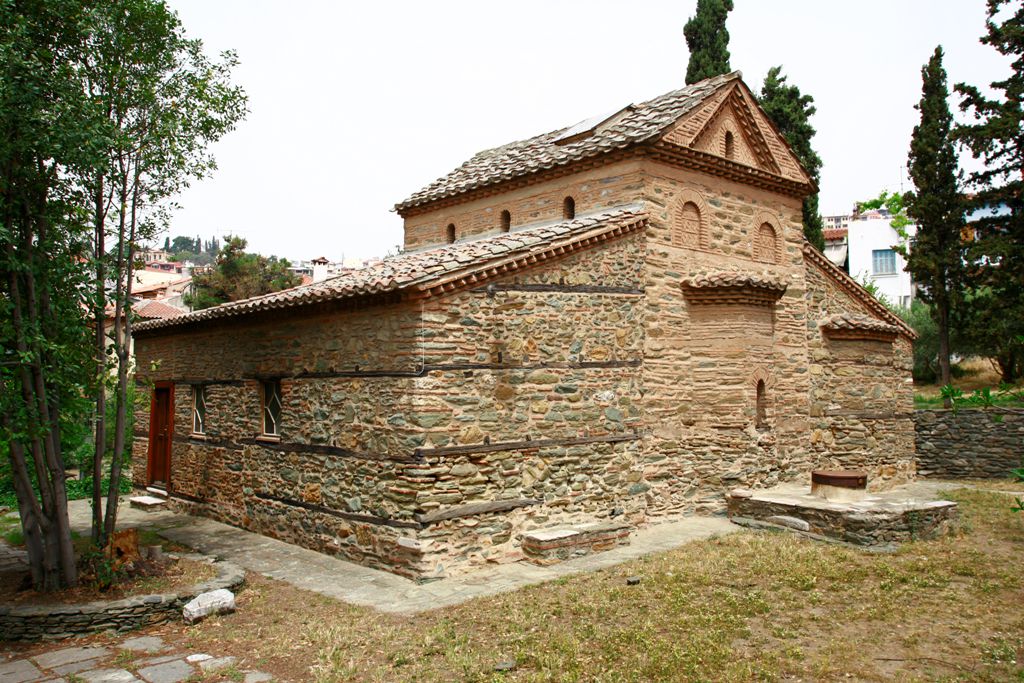
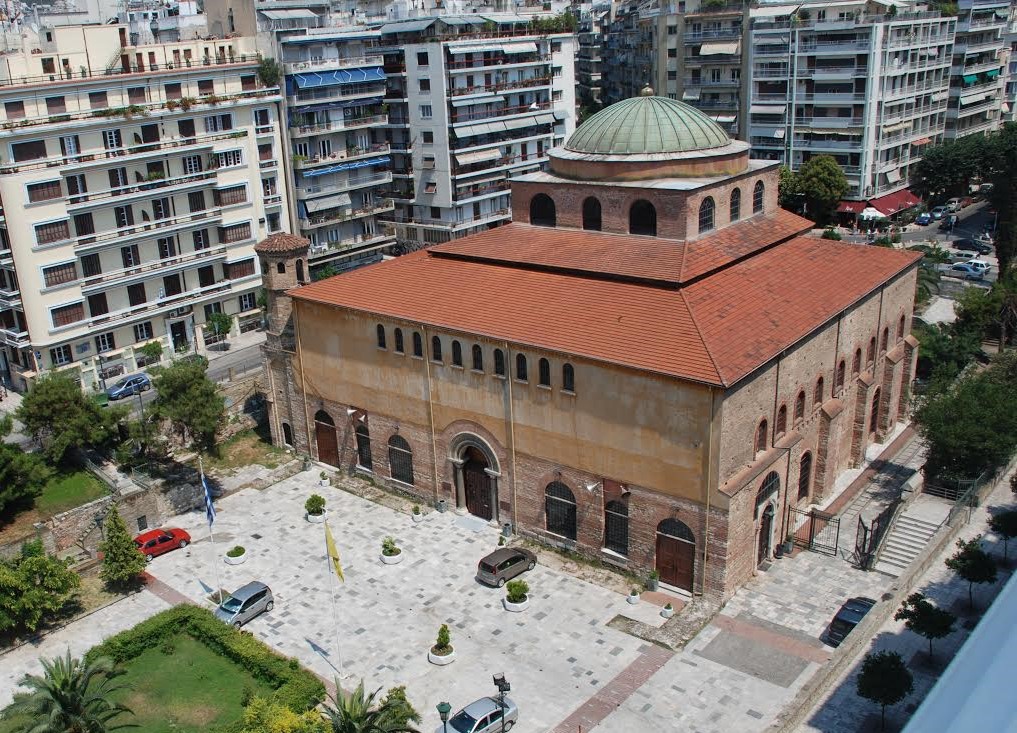
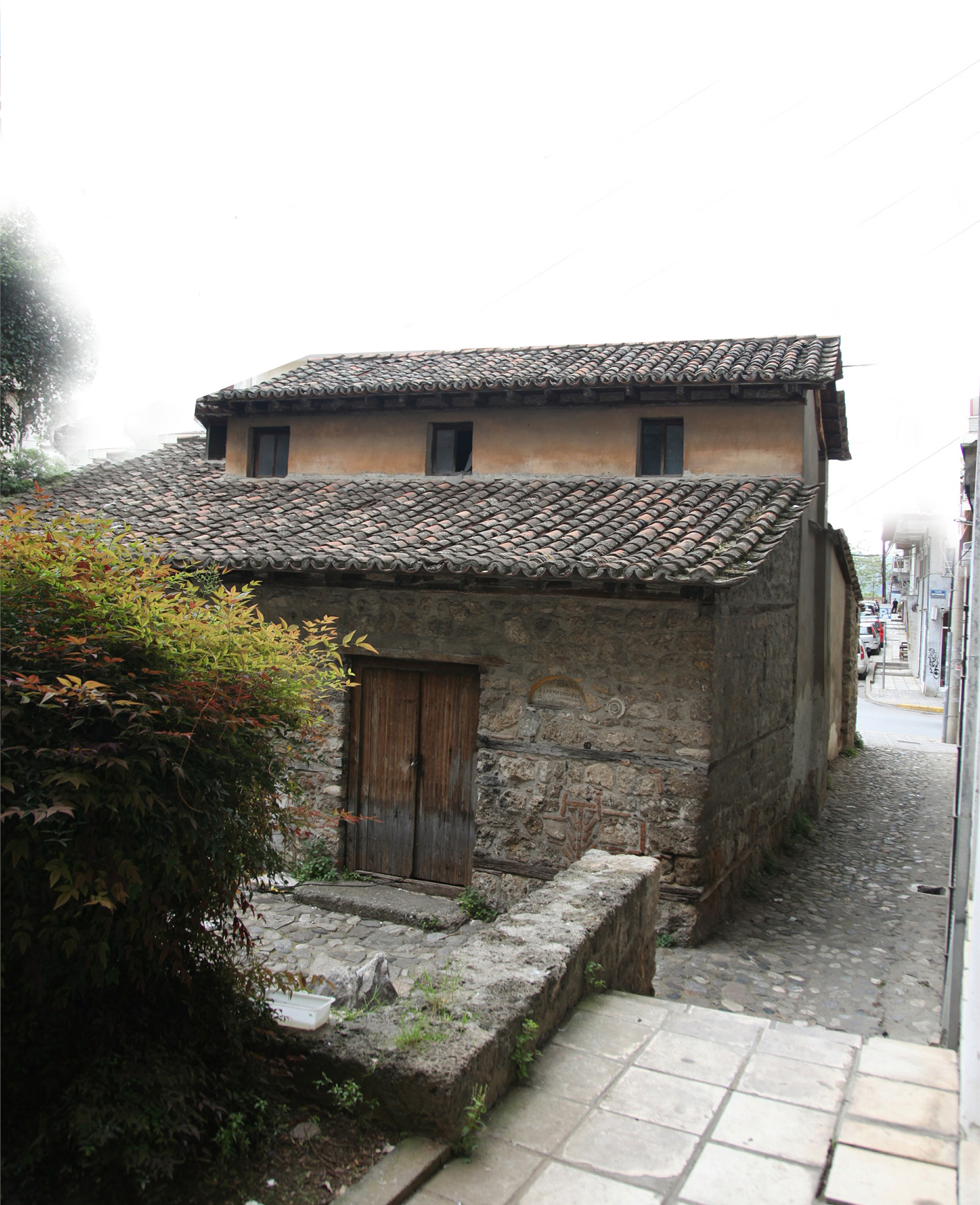
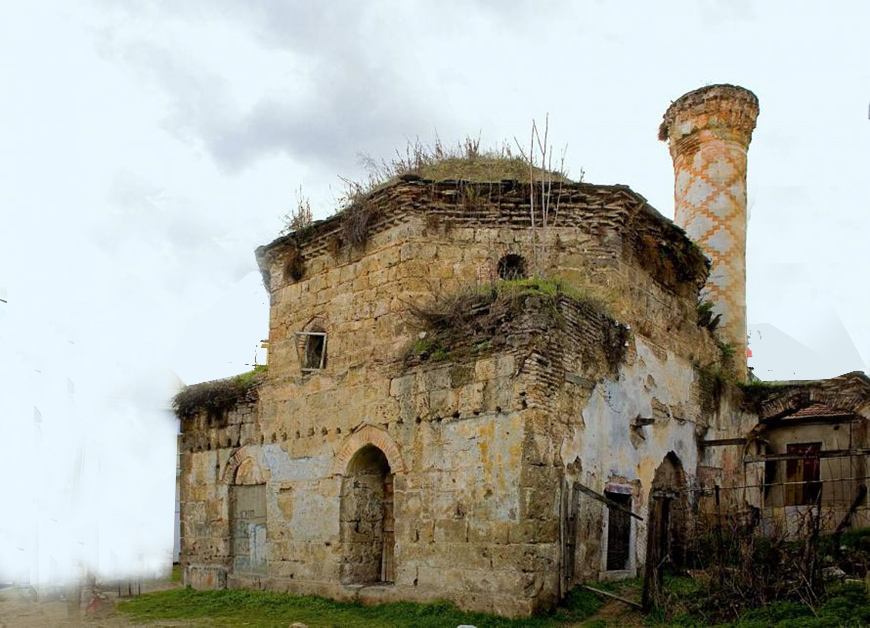

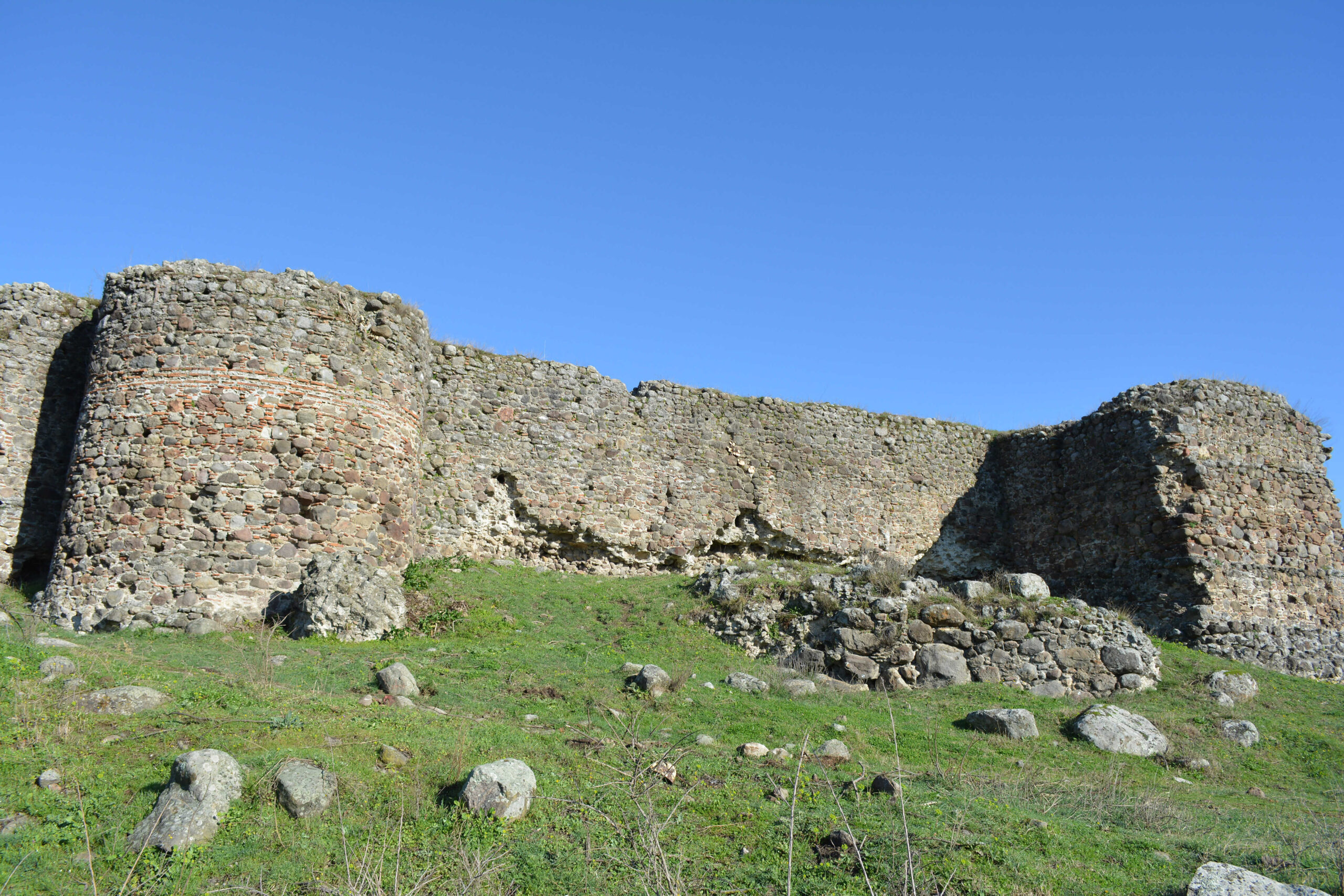
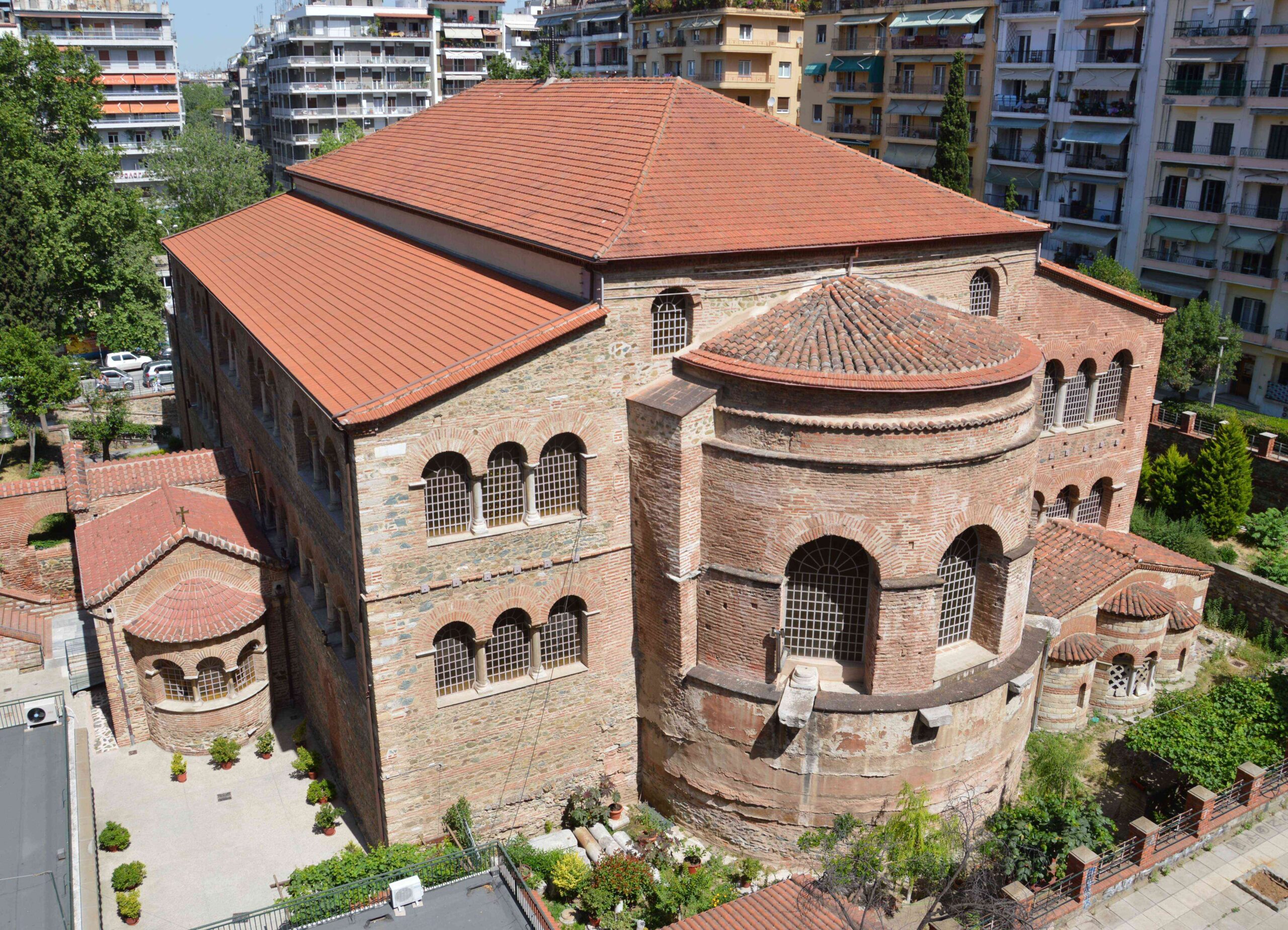



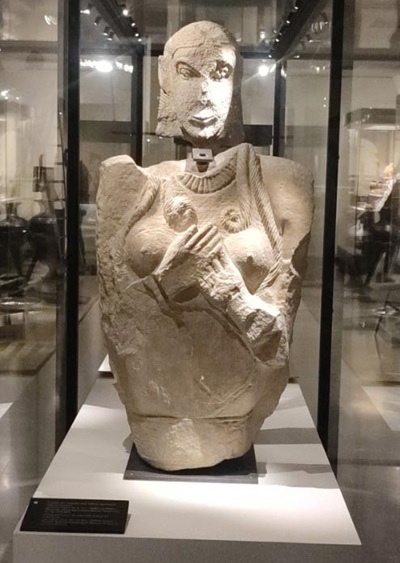


Leave A Comment